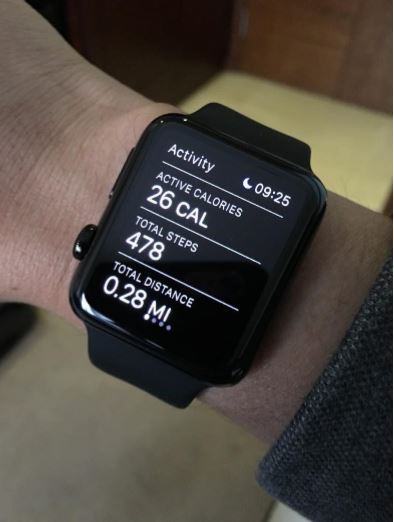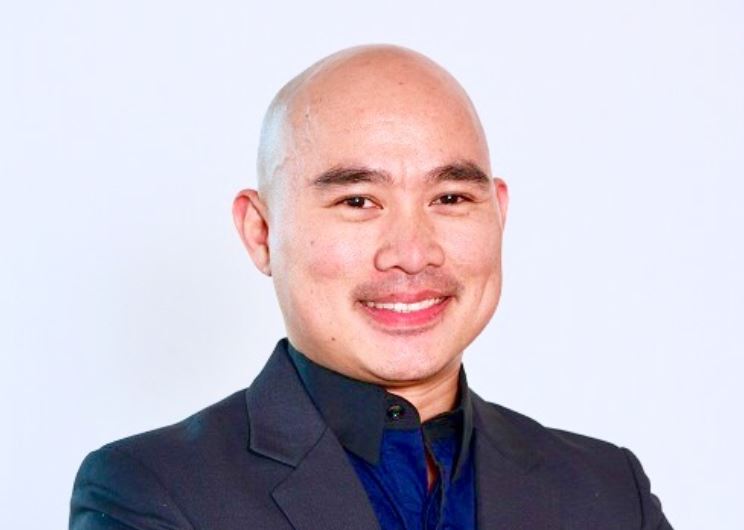Testing and learning in style with wearables – by Mark Chaves, general manager innovation and strategy at Carat Malaysia.
I’ve been using my smart watch for nearly two weeks now, and it’s becoming a part of me.
For me, a product is for keeps if it knows when to be useful without having to be told to be. By and large, wearables (or wearable technology) are such, and the good ones do more. I have one locked onto my wrist now and I wish I could have said this much earlier.
There was once a pessimistic line that went, “You’ll never own a piece of technology if you insist on getting the latest.” It’s true. If you wait, you’ll forever wait.
“So what? You were fine without it,” was a friend’s reply when I showed him my latest gadget. “It’s unnecessary, expensive, and something you can live without”, he added. And then it struck me, to which I smiled: some people gave a similar opinion about cellular phones circa 2000 (what a term!). As if wearables today are what smartphones were yesterday – unnecessary, expensive, and something you can live without.
Fast forward to now, and 2.5 billion smartphones later, they have become a “natural accessory” in our daily lives. With wearables, I am even more excited about the possibilities.
Big (data) Brother
Wearable technology will further improve form factor, sophistication, and smartness. More importantly, better user experience will only make wearables ubiquitous. If you haven’t already had one, there are more to complain about that gush over – small screen, sucky battery life, limited apps, and the like.
 To me, the more exciting stuff is yet to be revealed. In my previous article about ‘Convergence New Year’, one thing that I hope will be developed (or mainstreamed) is a ubiquitous hardware for connectivity with everyone or everything else. Will wearables be that? Perhaps.
To me, the more exciting stuff is yet to be revealed. In my previous article about ‘Convergence New Year’, one thing that I hope will be developed (or mainstreamed) is a ubiquitous hardware for connectivity with everyone or everything else. Will wearables be that? Perhaps.
A plethora of concepts and prototypes are already exciting the geeks and early adopters – from wristbands, to eyewear, to subdermal microchip implants – whose function varies from fashion, fitness, media, communications, identification and others.
In all these, can you imagine the massive amounts of data at an individual level? It is big data in every sense of the word and organisations – like media agencies – will invest in capabilities to make sense out of it.
Movies like Minority Report, Enemy of the State, and more recently, Lucy, have been repeatedly used to demonstrate what we can do with big data and the Internet of Things (IoT). The imaginative minds of movie writers have been inspiring the real world, and there has been notable progress.
Media agencies like Carat have increased investments in this space through partnerships (Dentsu Aegis Network and UnionPay Smart in China, for example), hiring of data scientists, and setting-up data hubs in anticipation of data to be mined and understood. What’s the essence of data anyway without meaningful information?
‘Nowments’
Clearly, the battle has already shifted from point-in-time to real-time data, or what I call from moments to ‘nowments’ (now moments). The latter is already being used in programmatic buying, however, we’re still far from realising its full potential up until the time ‘programmatic’ revolutionises the transactions in traditional media.
Imagine being served just the meaningful print ads as you flip a daily, or shown a for-you billboard spectacular as you zoom passed it, or read a personal radio script just as you turn the dial – all because the medium knows who you are, the environment you’re in, or the mind-set you have – via real-time data exchange from your wearables. This is laser-sharp targeting. Alternatively, this is creepy advertising altogether. Whatever form or manner, big data will influence what you see and what you get.
“By opening up technology to learn from you, you are teaching them the right ways to talk to you with a meaningful message”
Massive data plus robust analyses equals a meaningful connection with consumers? The relationship is frankly not as trivial as this. However, it gives emphasis to the importance of data capture and the expertise to extract valuable information. The left hand of the equation is having significant strides, and I think we as consumers need to participate by allowing a “natural accessory” to be a part of our lives. By opening up technology to learn from you, you are teaching them the right ways to talk to you with a meaningful message.
Of course, as a consumer as well, I don’t want my privacy to be compromised. We cannot undermine security of our own personal information and data for the sake of fulfilling any marketing objective. Whatever is within the bounds of the law should be upheld.
For now, I am committed to contribute to the advancement of user experience by becoming a wearable user. I’ll allow technology to learn from my behaviour with a fervent hope that, in return, I can teach my brands and partners how best we can connect with consumers in this year of convergence.
I am OK to wear this as a sign of my big love for data (or my love for big data). Maybe you should to – let’s test and learn together.
PS – Just recently, Apple’s Tim Cook released an important message to customers reemphasising the need for data security. I encourage everyone to follow this case between Apple and the FBI as it’s crucial in the personal devices space – the very objects where we want to learn unique consumer behaviours from. Google and WhatsApp has likewise shown support to Apple in the encryption fight.








